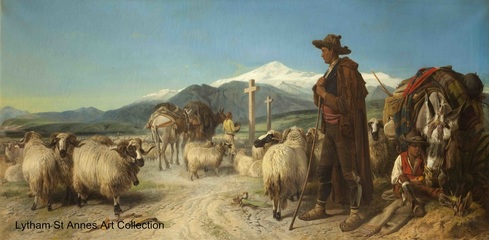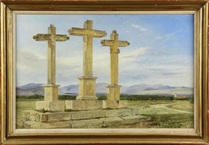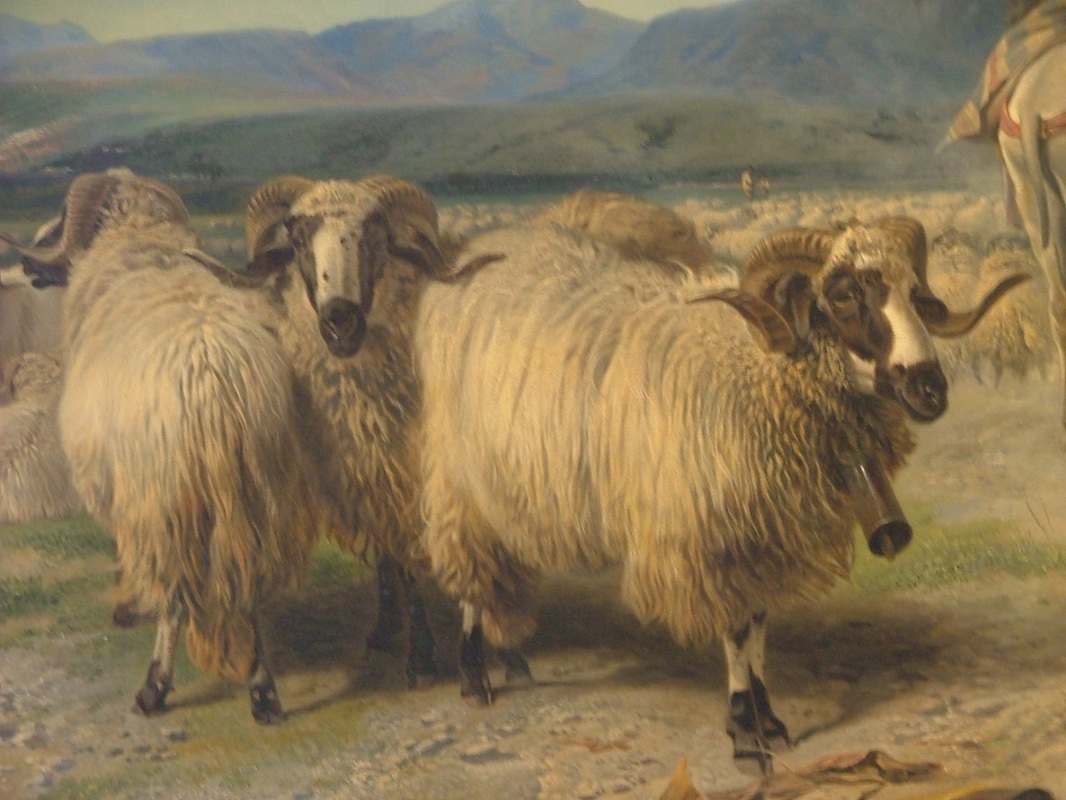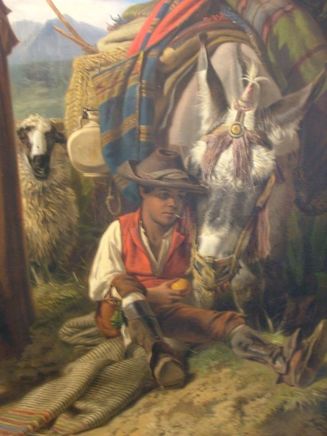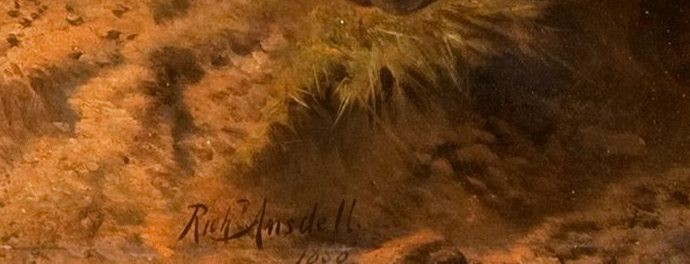On the Road to Seville
|
Research by Sarah Kellam Great Great Grand-daughter of Richard Ansdell Acc No 81 Artist Richard Ansdell Medium oil on canvas Size 91.4 x 195.6 cm (36 x 77 in) Date painted 1858 Inscr: signed Richd on back of painting Donor Alderman & Mrs J H Dawson Date donated 20 July 1947 Ansdell's London address at that time was 7 Victoria Road, Kensington. |
To view the complete artworks of Richard Ansdell in the Collection please click on his name under Artists on the Home Page.
